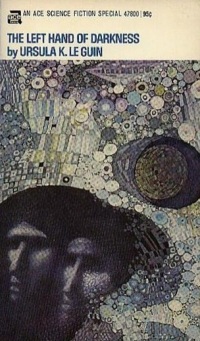I’ve been busy with programming stuff since Algorithms II just started up. The first assignment involved processing WordNet graphs. The second assignment involved implementing seam carving, also known as content-aware resizing. Anyway that’s why I’ve been browsing less lately and so have fewer articles. Here we go:
- IBM’s Watson supercomputer made the news in 2011 when it won a special Jeopardy! tournament against human champions. This article covers some of the first commercial applications it is being used for, helping doctors to diagnose diseases in various hospitals in the United States. It also talks about how its size has since shrunk from that of a bedroom to that of a bathroom and how it could eventually be a handheld device. Cool note: Watson uses Princeton’s WordNet to help it parse and understand the English language.
- In other computer news, the next big thing in computing is supposed to be quantum computers, and it has been for a while now but actual implementations have proved as elusive as nuclear fusion. This article talks about just such an implementation. It will be used by Lockheed Martin to “create and test complex radar, space and aircraft systems“, i.e. make weapons and works at temperatures close to absolute zero.
- The next article is about Russian scientists discovering completely unknown forms of bacterial life deep under the Antarctic ice. The samples come from the underground Lake Vostok, a body of water that lies 3,700 meters under the ice and is thought to have been isolated from the rest of the planet for millions of years. Needless to say the Internet is waiting to see if they have awakened Cthulhu or dug up The Thing.
- Finally we have an article about research into whether or not smiling before matches in the Ultimate Fighting Championships affects the chances of the martial artists’ success. Pre-match photographs of the two combatants were analyzed for the presence and intensity of smiles and matched with the results of each fight. The researches found that as expected, fighters who smile and smile more intensely, lose more often. There are various plausible explanations though none are proven. It could be that smiles are an involuntary sign of submission, or that smiling fighters simply aren’t as aggressive.

